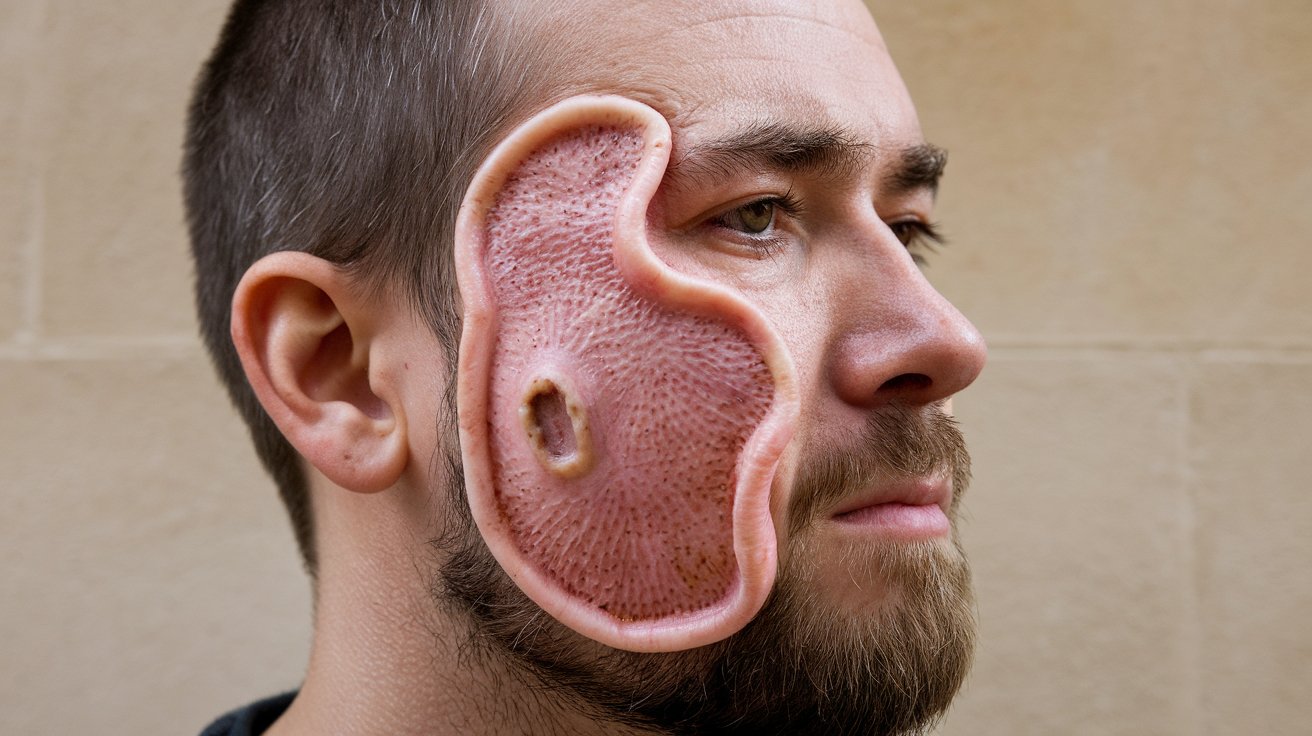
Kowarski Syndrome is a rare genetic disorder that causes children to have short stature and delayed bone age despite having normal or slightly elevated levels of growth hormone (GH) in their blood. This condition, first described in 1978 by Allen Avinoam Kowarski, involves a bioinactive form of GH that cannot effectively stimulate growth. Children with Kowarski Syndrome often face diagnostic challenges because standard tests may not reveal the issue. However, they typically respond well to recombinant human growth hormone (rhGH) therapy, which helps normalize growth. Understanding this syndrome is crucial for early diagnosis and effective treatment, ensuring affected children can achieve normal growth and development.
Understanding Kowarski Syndrome
Kowarski syndrome is a rare genetic disorder that affects growth in children. Despite having normal or slightly elevated levels of growth hormone (GH), these children experience growth failure. Let's dive into some key facts about this condition.
-
Definition and Clinical Presentation
Kowarski syndrome is characterized by short stature and delayed bone age, typically two standard deviations below the mean for their age and sex. Despite normal or slightly elevated GH levels, these children have low serum insulin-like growth factor 1 (IGF-1), crucial for growth. -
Causes and Genetics
This syndrome is inherited in an autosomal recessive manner. Both parents must carry the mutated gene for their child to be affected. The primary cause is a mutation in the growth hormone gene (GH1), altering the GH structure and reducing its biological activity. -
Bioinactive Growth Hormone
The GH in individuals with Kowarski syndrome is bioinactive, meaning it cannot effectively stimulate the growth hormone receptor (GHR). Structural abnormalities in the GH molecule, such as forming tetramers and dimers instead of normal monomers, cause this inactivity. -
Diagnostic Challenges
Diagnosing Kowarski syndrome can be tricky. Standard tests for growth hormone deficiency, like the growth hormone stimulation test, may not yield conclusive results. Children with this syndrome often have normal or high peak GH levels during these tests, leading to potential misdiagnosis.
Diagnostic Criteria and Treatment
Understanding how to diagnose and treat Kowarski syndrome is crucial for managing the condition effectively.
-
Diagnostic Criteria
A reliable diagnostic procedure for Kowarski syndrome is still lacking. The initial approach often involves administering recombinant human growth hormone (rhGH) therapy to observe if there is a significant increase in growth rate, a hallmark of the condition. -
Treatment Response
Children with Kowarski syndrome show a remarkable response to rhGH therapy. They exhibit a significant increase in growth velocity, often exceeding normal growth rates. This response is due to the ability of exogenous GH to bypass the defective endogenous GH and stimulate growth through the GHR. -
Growth Hormone Therapy
Recombinant human growth hormone (rhGH) therapy is the primary treatment. Administering rhGH daily helps normalize IGF-1 levels and promote linear growth. The dosage is typically adjusted based on the child's response to ensure optimal growth.
Clinical Features and Impact
Kowarski syndrome affects more than just height. Here are some clinical features and impacts of the condition.
-
Clinical Features
Children with Kowarski syndrome often present with short stature and delayed bone age. They may also exhibit other physical characteristics such as a prominent forehead and hypoplastic nasal bridge, although these features are not universal. -
IGF-1 Levels
Low serum IGF-1 levels are a hallmark of Kowarski syndrome. IGF-1 is crucial for mediating the growth-promoting effects of GH, and its deficiency is a key factor in the growth impairment observed in these children. -
GH Receptor Binding
The bioinactive GH in Kowarski syndrome cannot bind to the GHR effectively, preventing the necessary dimerization of the receptor and subsequent activation of downstream signaling pathways. This defect leads to a lack of GH action despite normal or elevated GH levels. -
Dominant-Negative Effect
In some cases, the mutated GH can exhibit a dominant-negative effect by inhibiting the action of wild-type GH. This occurs because the mutated GH has a higher affinity for the GHR and GH-binding protein (GHBP), blocking the action of normal GH.
Prevalence and Historical Perspective
Understanding the prevalence and history of Kowarski syndrome helps provide context for this rare condition.
-
Prevalence
Kowarski syndrome is a rare disorder, officially recognized as an “orphan disease.” Its exact prevalence is not well-documented, but it is considered very rare, making it challenging to study and diagnose. -
Historical Perspective
The first cases of Kowarski syndrome were described by Allen Avinoam Kowarski and his team in 1978. Since then, several studies have confirmed the structural abnormalities in the GH molecule and their impact on GH activity.
Structural Abnormalities and Genetic Mutations
The structural abnormalities and genetic mutations in Kowarski syndrome are key to understanding its effects.
-
Structural Abnormalities
Studies have shown that the GH in individuals with Kowarski syndrome often forms tetramers and dimers instead of the normal monomers. These polymers are abnormally resistant to conversion into monomers by urea, further reducing their biological activity. -
Genetic Mutations
Mutations in the GH1 gene are responsible for Kowarski syndrome. These mutations can lead to a variety of structural abnormalities in the GH molecule, resulting in its reduced bioactivity.
Impact on Growth and Development
The primary impact of Kowarski syndrome is on growth, but it can also affect other aspects of development.
-
Impact on Growth
Children with this condition exhibit short stature and delayed bone age, significantly affecting their overall development and quality of life. -
Psychomotor Development
Despite their growth impairment, children with Kowarski syndrome often have normal psychomotor development. This suggests that the condition primarily affects physical growth rather than cognitive or motor functions. -
Catch-Up Growth
Children with Kowarski syndrome typically exhibit catch-up growth following rhGH therapy. This response is a significant indicator of the effectiveness of treatment and the potential for normal growth and development. -
Long-Term Outcomes
Long-term outcomes for children with Kowarski syndrome are generally positive, with most achieving normal height and bone age through continued rhGH therapy. However, individual responses can vary, and ongoing monitoring is necessary to adjust treatment as needed.
Research and Future Directions
Research into Kowarski syndrome continues to evolve, offering hope for better diagnosis and treatment.
- Research and Future Directions
Research into Kowarski syndrome focuses on understanding the molecular mechanisms underlying the condition and developing more reliable diagnostic tests. Advances in genetic analysis and GH biology are likely to improve our understanding and management of this rare disorder.
Final Thoughts on Kowarski Syndrome
Kowarski syndrome, a rare genetic disorder, presents unique challenges in diagnosis and treatment. Despite normal or slightly elevated growth hormone levels, affected children experience growth failure due to bioinactive GH. This condition, inherited in an autosomal recessive manner, primarily results from mutations in the GH1 gene. Diagnosing Kowarski syndrome can be tricky, often requiring recombinant human growth hormone (rhGH) therapy to confirm. Fortunately, children with this syndrome typically respond well to rhGH, showing significant growth improvements. While the disorder impacts physical growth, psychomotor development usually remains unaffected. Continued research aims to enhance diagnostic methods and treatment options, offering hope for better management of this rare condition. Understanding Kowarski syndrome helps ensure affected children receive the care they need to achieve normal growth and development.
Was this page helpful?
Our commitment to delivering trustworthy and engaging content is at the heart of what we do. Each fact on our site is contributed by real users like you, bringing a wealth of diverse insights and information. To ensure the highest standards of accuracy and reliability, our dedicated editors meticulously review each submission. This process guarantees that the facts we share are not only fascinating but also credible. Trust in our commitment to quality and authenticity as you explore and learn with us.


